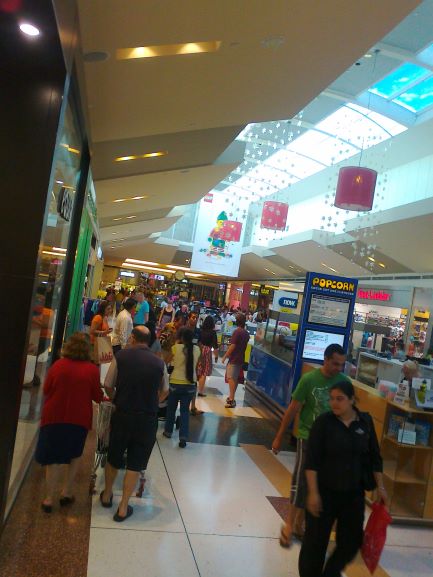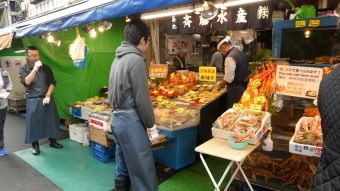Most of us shop online these days, in varying degrees. For larger purchases, like appliances and furniture, I will flick through product reviews to ensure I am not sold a ‘lemon.’
Some of us conduct diligent research online checking product reviews on websites for any purchase. Naturally, they want to save money and purchase a reputable brand.

Companies Seek Customer Feedback
What’s more, companies follow up purchases, seeking out customers’ opinions – feedback is important to them. With varying degrees, our inbox might fill with invitations to respond to customer surveys like,
“So, how did we do?”
“How can we serve you better?
“Let us know what you thought of your purchase?”
Every company wants 5 stars, and to maintain that stellar rating and I am mighty conscious how even a random 1 star review can damage a brand, particularly a small business.
So, imagine my surprise when I was invited to review a purchase of shoes, and upon submitting a 4 star review with accompanying positive-worded tip to improve store/website service, I received this reply:
Our staff has read your review and values your contribution even though it did not meet all our website guidelines.
Thanks for sharing, and we hope to publish next time!
What good is a product review if the company only publishes 5-star reviews?
The Backstory
I had chosen a ‘click and collect delivery for my order. It was filled promptly and my daughter collected the shoes from the store. (We were soon to leave for Japan and had run out of time to get to the shops). When we opened the box, later that evening, the shoes were the wrong size, ( one size smaller), but there was no time to return them to the store, before our trip.
The store’s website detailed a sizing table which converted AUS, US and EURO sizes, but nowhere did the order page indicate which regional sizing you were actually selecting when you clicked “add to shopping cart.”
The store was closed when I sent in the order, I was unable to clarify this via telephone.
But I live in Australia and it is an Aussie store, so I was pretty confident the website would indicate if it was using anything other than Australian sizing.

Wrong! We had received the US sizing – (one size down from Australian sizes)!
Therefore, my 4 star review suggested politely that customers should call the store to check sizing of shoes prior to ordering, as the website doesn’t indicate which sizing is used.
It seems they valued my contribution but it was deemed not to meet store guidelines.
“Try again,” the email glibly suggested.
Pfft! I then supposed that their guidelines must direct publication of reviews if they are only positive and give the store 5-stars?
I wonder if this is store-wide or just a managerial decision? Perhaps Blogger Keith might share his wisdom with me in this regard?
Questions to Bloggers
Do you check product reviews?
Do you find them helpful?
Has this ever happened to you?





































